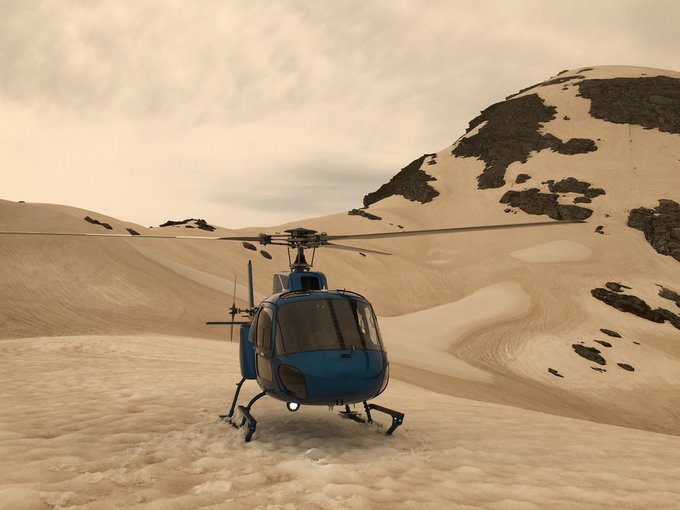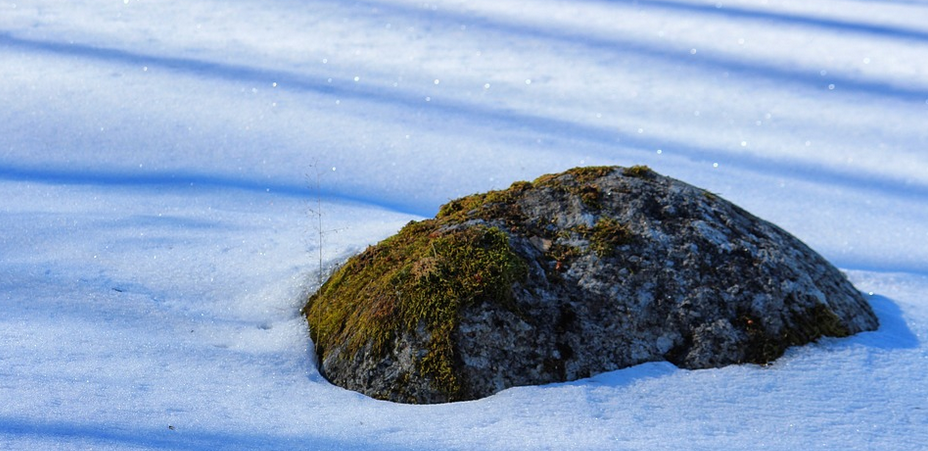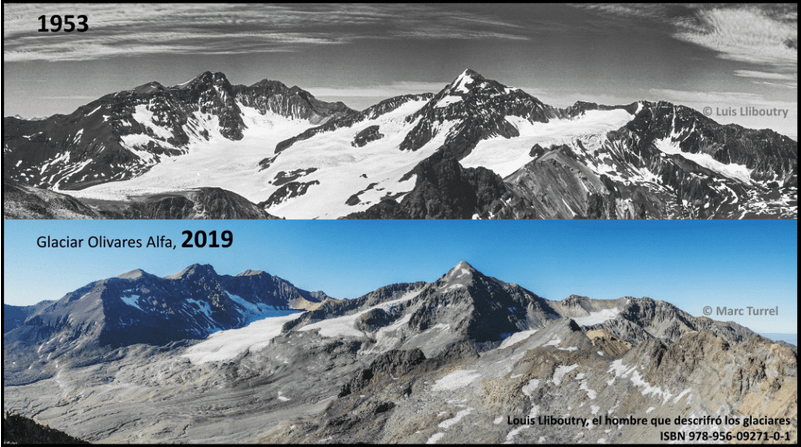
Last Wednesday, the first of January 2020, people in the South Island of New Zealand woke up to what has been described as an “orange haze and red sun”, caused by the drifting smoke coming from the bushfires in Australia. The wildfires have been burning for more than 2 months, more specifically in the states of New South Wales and Victoria, and its consequences can now be seen not only in their own country but in the neighbouring country as well.
The smoke, containing carbon particles and dust, has been reported to be deposited in several New Zealand’s glaciers, turning the white of the snow into a brown/caramel tone, that makes them melt faster.
Light surfaces (in this case a white, snowy surface) reflects more heat than dark surfaces. This is called the “Albedo Effect”. When contaminant particles come in contact with snow, the heat reflection is reduced due to the heat absorption of those particles, reducing the albedo effect. In other words, black, carbon particles pick up heat and transfer it to the snow and ice.

Since the 1970s, many glaciers in New Zealand have been reported to be shrinking by nearly a third. Estimates say that by the year 2100 they will be completely gone.
Other researches have linked Amazon rainforest fires with the melting of glaciers more than 1,250 miles away, in the Andes Mountains. The same phenomenon is to blame as the one happening in New Zealand today. Another study by the Federal University of Rio Grande do Sul, in 2016, found that some areas covered by glaciers in the Andes have nearly shrunk to the half since the 1970s.

This is a very graphic example of how everything is connected when talking about climate change and global warming. It is very little what we can do when facing natural disasters of this scale. The best thing to keep in mind is the Albedo effect, don’t put anything on the snow that might help melt it.
That is not good! In Colorado when dust from Utah blows in (loosened up by grazing, OHV use in the desert) the snowpack can melt up to 6 weeks earlier than in years without the extreme dust storms. It’s quite the unfortunate positive feedback cycle we’ve thrown our world in to